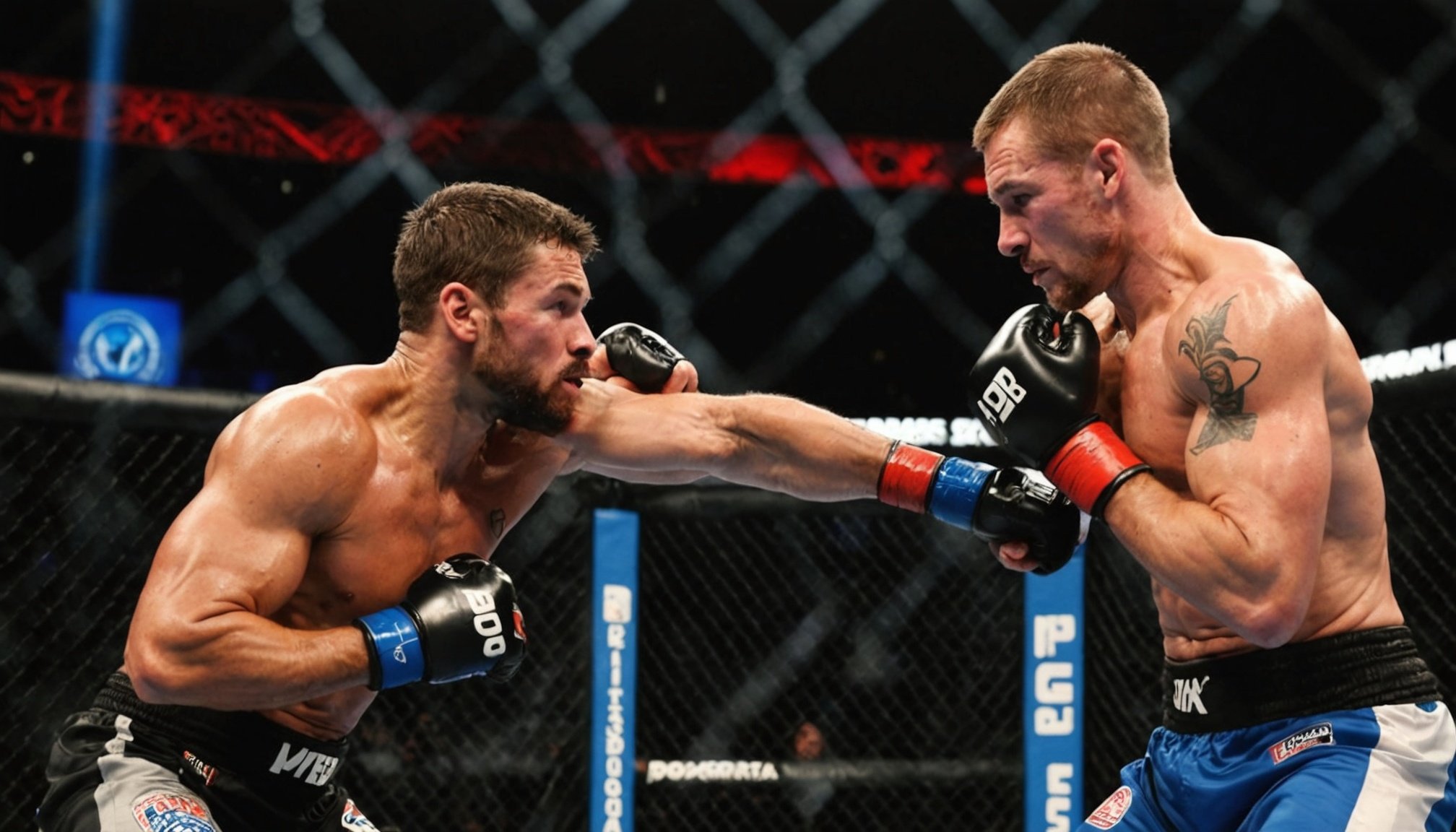In the world of combat sports, where every bout challenges your physical and mental fortitude, setting realistic goals is paramount. Whether you’re a burgeoning Brazilian Jiu-Jitsu (BJJ) practitioner, a seasoned fighter, or simply someone passionate about sports, knowing how to effectively measure your performance can make the difference between success and stagnation. This article delves into the strategies and techniques athletes can harness to craft achievable goals, monitor their growth, and ultimately enhance their performance. With the right approach, athletes are not only able to improve their skills but can also maintain motivation and enjoy every victory, big or small.
Understanding the Importance of Goal Setting in Combat Sports
Combat sports demand not just physical strength and agility but also an ironclad mindset. The significance of setting realistic goals becomes evident when we understand that these objectives serve as a map guiding athletes towards their desired outcomes.
This might interest you : Mastering Adrenaline Management: Top Strategies for UK MMA Fighters
Why Set Goals?
Setting goals in sports such as BJJ, boxing, and MMA allows athletes to track their progression systematically. Without clear objectives, athletes risk losing focus, feeling overwhelmed, or even overtraining, which can hinder their progress.
The Psychology Behind Goal Setting
Goals have a profound psychological impact. They provide athletes with purpose, instilling a sense of direction and commitment. When goals are realistic and aligned with an athlete’s capability, they bolster self-confidence and resilience. This positive mentality is crucial, particularly when facing setbacks or plateaus.
In the same genre : How can fighters develop their own unique fighting style while training?
Bridging the Gap between Short-Term Objectives and Long-Term Aspirations
Successful athletes understand the need to balance short-term objectives with long-term aspirations. Short-term goals could include mastering a specific technique or improving strength in a targeted muscle group. In contrast, long-term aspirations might involve winning a championship or achieving a black belt in BJJ. By setting these milestones, athletes maintain momentum, celebrating small victories while working towards larger accomplishments.
Tailoring Goals to Your Individual Needs
Every athlete is unique, with distinct strengths, weaknesses, and ambitions. Personalizing goals ensures that they remain relevant and attainable, facilitating genuine progress. Regular assessments and adjustments based on performance feedback are pivotal in maintaining the relevance of one’s goals.
Crafting Effective Goals: The SMART Approach
Building on the foundation of goal setting, the SMART framework provides a structured approach to crafting objectives that athletes can truly achieve. This method emphasizes specificity, measurability, achievability, relevance, and time-bound criteria.
Specificity: The Key to Clarity
Vague goals like “improve performance” lack direction. Specific goals, such as “increase my takedown success rate by 20% within three months,” offer a clear aim. This specificity allows athletes to focus their training efforts on tangible areas of improvement.
Measurability: Tracking Progress
Without a method to gauge progress, athletes may feel adrift. By establishing measurable criteria—such as tracking the number of successful submissions or the percentage improvement in sparring rounds—athletes can celebrate incremental successes, which fosters motivation and perseverance.
Attainability: Challenging Yet Possible
While ambition drives success, goals should remain within the realm of possibility. Setting overly ambitious objectives may lead to frustration and burnout. Instead, athletes should aim for gradual progress, ensuring each goal is challenging yet achievable.
Relevance: Aligning with Your Vision
Goals must resonate with an athlete’s broader aspirations. Whether aiming for a regional tournament victory or personal fitness improvement, relevant goals keep athletes aligned with their ultimate vision.
Time-Bound: Creating Urgency
Establishing deadlines instills a sense of urgency and accountability. By setting specific timelines, athletes are encouraged to consistently work towards their objectives, preventing procrastination and fostering a disciplined approach to training.
Utilizing Feedback and Adaptation in Goal Setting
No matter how well-crafted, goals need continuous refinement. Athletes in combat sports understand the dynamic nature of their endeavors, which necessitates regular feedback and adaptation.
The Role of Coaches and Mentors
Coaches and mentors play a crucial role in an athlete’s journey, providing external perspectives and expertise. Regular feedback sessions allow athletes to identify areas of improvement, adjust their goals, and refine their training methods.
Monitoring Progress Through Self-Assessment
Self-assessment complements external feedback. Athletes should regularly review their performance, noting strengths and weaknesses. Keeping a training journal or using digital tools to track progress can be invaluable in this aspect.
Adapting to Circumstances
Flexibility is essential in goal setting. Injuries, changes in personal commitments, or unforeseen life events may necessitate modifications to one’s objectives. By maintaining adaptability, athletes can continue progressing instead of feeling demoralized by setbacks.
Celebrating Milestones and Achievements
Acknowledging accomplishments, regardless of size, is vital for sustained motivation. Whether achieving a personal best in fitness or mastering a new technique, celebrating these milestones reinforces the positive impact of goal setting, fuelling further aspirations.
Long-Term Vision: Building a Sustained Career Through Goals
While immediate goals provide direction, long-term vision is essential for sustained success in combat sports. This vision encompasses career aspirations, legacy, and personal growth.
Crafting a Roadmap
Developing a roadmap that outlines long-term goals ensures athletes remain focused on their ultimate objectives, whether they aim for a professional career or personal mastery. This strategic plan interlaces short-term goals, providing a sense of purpose and continuity.
Balancing Competitiveness with Personal Growth
While competitive success is often the focus, personal growth is an equally vital aspect of an athlete’s journey. Long-term goals should reflect both competitive aspirations and personal development, ensuring a balanced approach to training and performance.
The Role of Reflection
Regular reflection is crucial for long-term success. By evaluating past achievements and setbacks, athletes gain insights into their journey, enabling them to adjust their roadmap effectively.
Legacy and Impact
For many athletes, leaving a legacy or having a lasting impact within their sport is a significant motivator. Long-term goals should consider this dimension, inspiring athletes to contribute positively to their sport and society.
Goal setting in combat sports is a powerful tool that can propel athletes to new heights. By setting realistic, well-structured goals, athletes craft a clear path to success, ensuring each training session contributes meaningfully to their progress. Through continuous adaptation, feedback, and a long-term vision, athletes can achieve their aspirations while leaving a lasting impact. Embrace this strategic approach to goal setting, and watch as your performance in the competitive arena soars, bringing you closer to achieving your dreams in the realm of combat sports.











